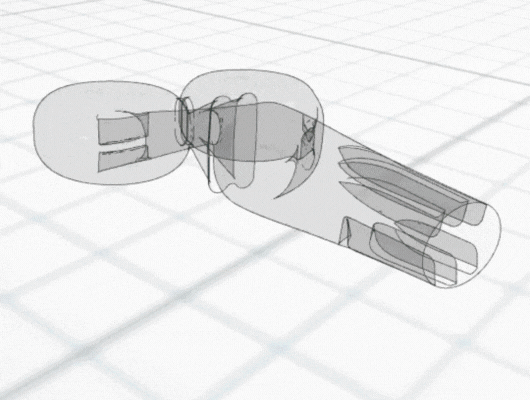Using drop test simulation to de-risk a drug delivery device
Challenge
Our engineering team used finite element analysis (FEA) to improve the understanding of a drug delivery device during a drop test and build confidence in the design. This would allow for cost-saving before prototyping and tooling.
Approach
Our mechanical engineering team used the ‘explicit dynamics’ functionality of the Ansys FEA software to investigate a typical device robustness challenge. We simulated a drop using a 3D model of a prefilled syringe. The team later compared the predictive results of this simulation to high-speed video footage of a real device.
Outcome
The simulation predicted the drop test performance accurately which was validated by the high-speed video footage. The simulation technique was used to build confidence in the design, saving cost in the long run.




